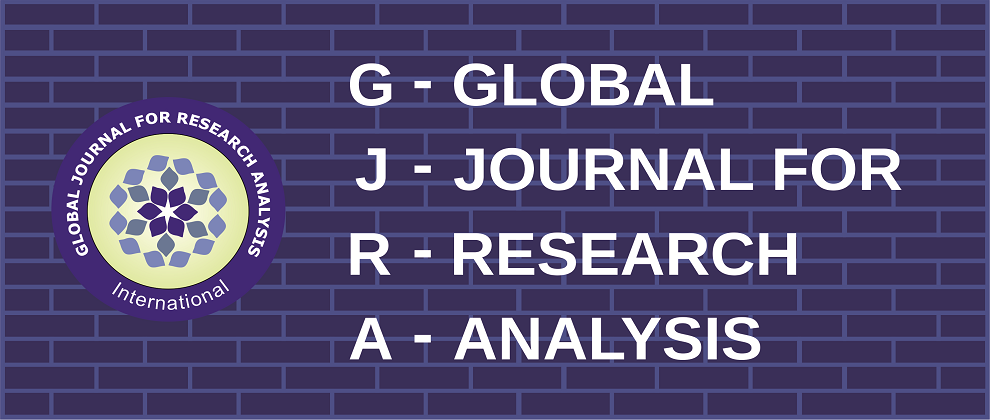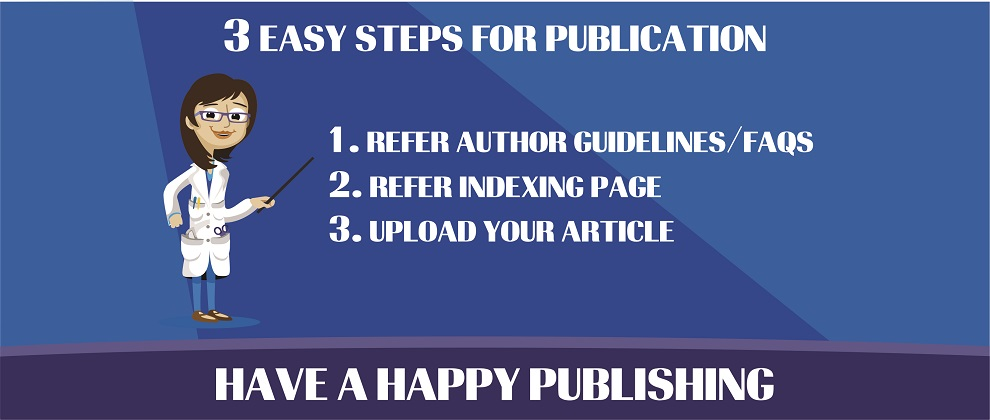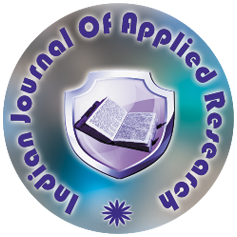Volume : 2, Issue : 12, December - 2013
Clinico–Haemato–Serological Study of Dengue Cases
Dr. Juhi Shrivastava, Dr. Nasir Shaikh, Dr. Parul D. Shah
Abstract :
Objectives: To study and establish clinical, haematological and serological correlation in dengue cases and to evaluate the incidence of common clinical presentation.Material and methods: Dengue IgM antibody testing by ELISA was performed during August 2011 to July 2012 and the data were analyzed retrospectively. A total 3989 serum samples were received from V.S.G.H. (O.P.D. & Indoor), malaria department (AMC) & others for the detection of Dengue IgM were tested & clinic haematological case study was done.Results: Total serum samples tested were 3989 out of which, 576(14.43%) were positive for IgM antibodies. Out of the total serum samples, Male: Female ratio and Urban: Rural ratio was 1.6:1 and 2.8:1 respectively. Peak incidence of the disease is seen in October– November .Age group 0–15 years comprises 1596 (40%), 16–30 years were 1476 (37%) and above 30 years were 917(23%).Clinically fever was the commonest presentation in 491(85%) followed by headache and muscle pain ie 365(63%) and 152(26%) respectively least common was epistaxis in 20 (3.4%) patients. Retrobulbar pain was in 36(6.25%) rash was in 104 (18%) and hemorrhagic manifestations in 110 (19%). Patients with platelet count less than 50,000 were 185(32%), 50,000 to 1, 00000 were 174(30.2%) and greater than 1,00,000 were 189(33%). Conclusion: New dengue virus strains and serotypes will likely continue to be introduced into urban areas where the densities of Aedes aegypti are at high levels. Control strategy basically depends upon efficient and sustainable surveillance system and prevention and control measures
Keywords :
Cite This Article:
Dr. Juhi Shrivastava, Dr. Nasir Shaikh, Dr. Parul D. Shah, Dr Shivani Mehta / Clinico-Haemato-Serological Study of Dengue Cases / Global Journal For Research Analysis, Vol:2, Issue:12 December 2013


 MENU
MENU

 MENU
MENU

